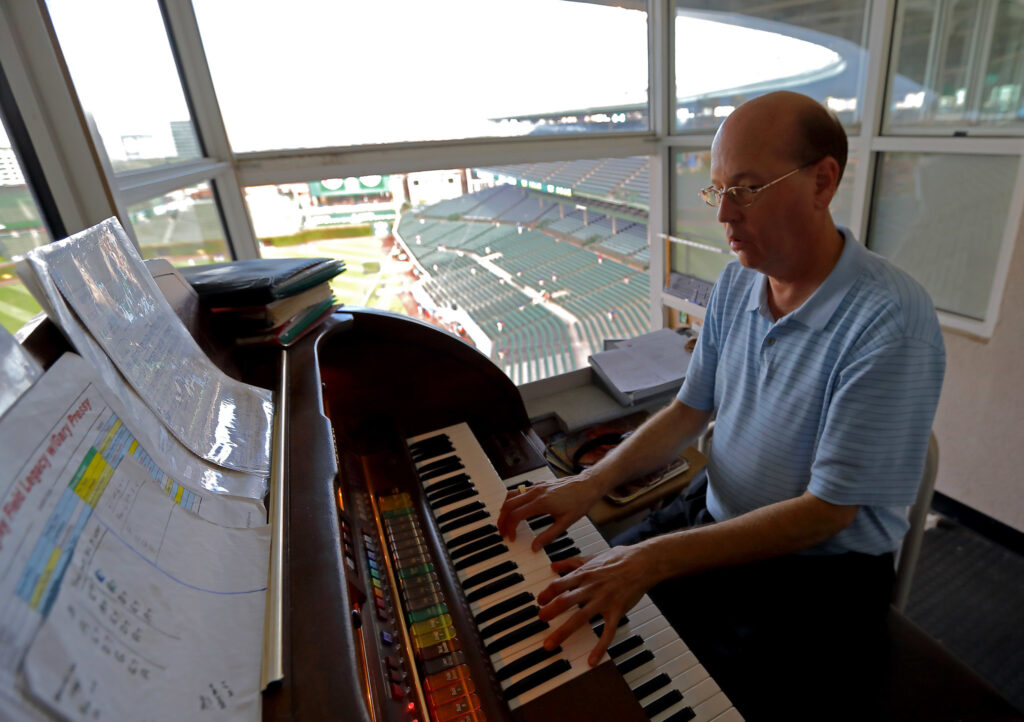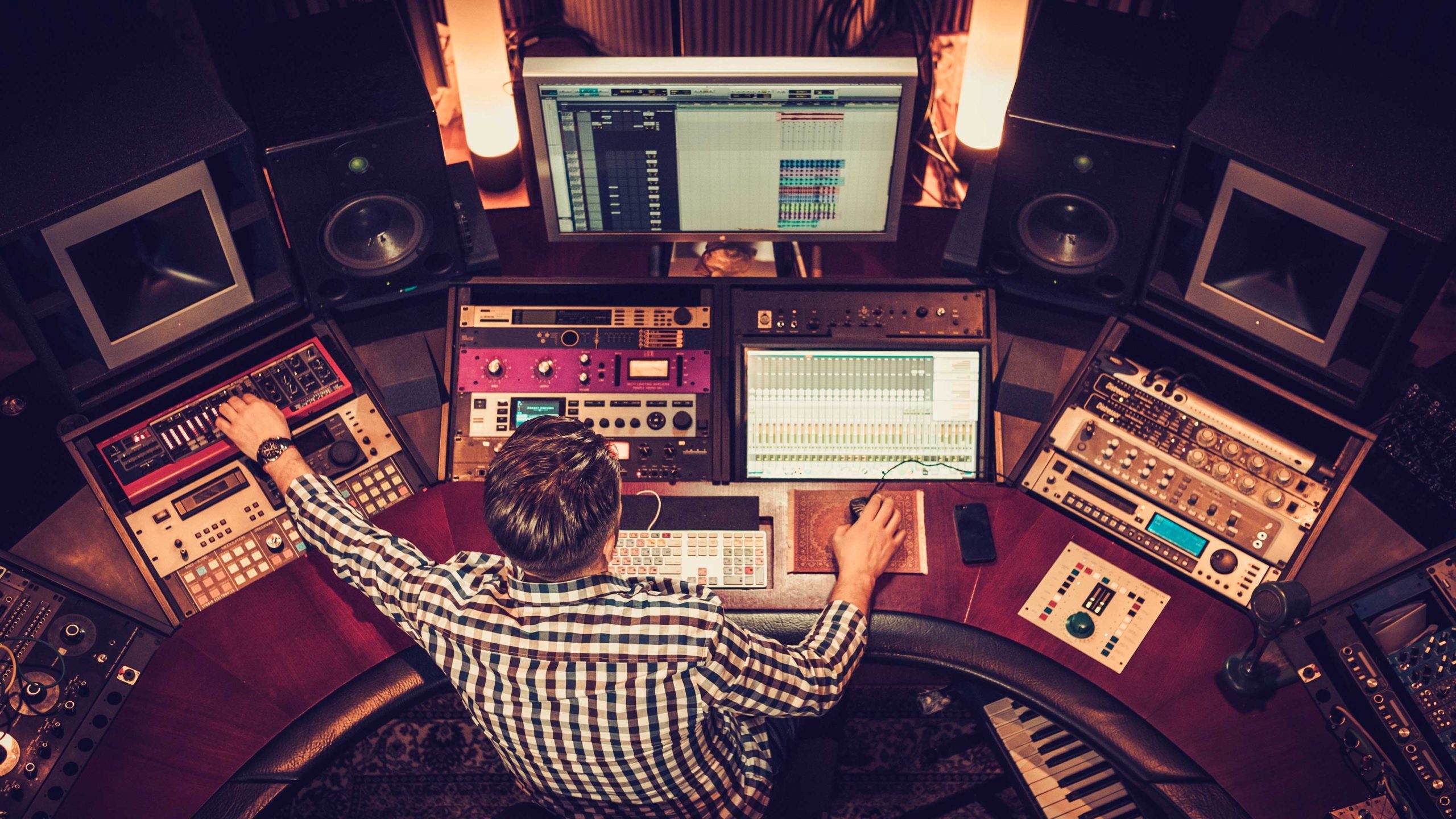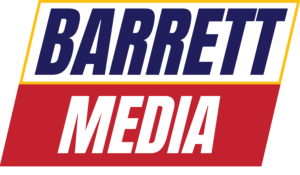Thanks to SiriusXM and 670 The Score in Chicago I have the pleasure of listening to Cubs baseball whenever I’m in my car. Last weekend I heard an incredibly well done audio package which featured an interview with Cubs organist Gary Pressy. Pressy had recently celebrated his 2,500th game as the Cubs organist and is in his 31st year with the Cubs.

What struck me in listening wasn’t just Pressy’s love of the Cubs and his job, but that this was an incredibly well produced piece. It included Zach Zaidman’s interview with the Cubs organist and well placed sound including the infamous Mike Ditka rendition of “Take Me Out to the Ballgame.” If you’re not familiar, Ditka was late in arriving to the booth for the tight window of the song and sang the song so fast that Gary Pressy was rushing to keep up. The piece folded in a number of fitting pieces of sound, thanks to audio engineer Dave Miska.
It made me think. What happened to the sound in sports radio? Where did it go? Tune into your local sports station or your favorite national show and you likely won’t hear much sound. Here’s what you will hear–station imaging over bumper music into hosts talking. You’ll also likely hear the lyrics of the bumper music. So the lyrics of the song are competing directly with the host(s) speaking. It makes for a very sloppy and uninspired audio presentation.
What’s crazy about that aspect is that with digital editing it has become easier than ever to create a longer music bed rather than having the lyrics of the song compete with the hosts. In my first job as an associate producer if you wanted to loop a music bed you had to edit one together on a reel to reel or have it on a looped cart (to you youngsters this was what we used to play audio on the air in the 20th Century.) This took a great deal of time and we had to grow some of our finger nails longer in order to pull apart any bad edits.
The music bed is just so basic. Where are the drops, movie clips, and the creative re-packaging of stuff that happened on that day’s show? On most shows, it just doesn’t exist. It’s not even a thought. Much of today’s sports radio producing is focused on guest booking, call screening, and hot takes. So where did the sound go? There are a few reasons you can’t find it. I delve into them here.
Staffing Cutbacks – On many sports stations across the country, the producer is like the Swiss Army knife of the show. In addition to booking guests, they screen phone calls, run the board, and are in charge of social media, show podcasts or audio posts as well as sports updates. With so many things happening at once, what producer has the time to think of creative sound ideas let alone the time and ability to focus to execute them? It naturally falls by the wayside.

Overworked Production Directors — When production directors have to produce imaging for multiple stations as well as commercials for the sales department, they don’t have time to work on higher level production pieces. One of my favorite memories of working on a production piece was during the Dave Wannstedt era with the Bears. It was a parody song based on the Genesis song “The Lamb Lies down on Broadway.” Entitled “The Bears Lie down on Sunday” everything was set. There was just one problem. When Creative Director Tom Couch of the Score and WXRT cancelled out the lyrics of the song, the baseline disappeared as well. This is when working with a production wizard truly pays off. In the studios on the NW side of Chicago, Tom had a Casio keyboard. He played the baseline on his keyboard and the song was fixed and ready to be recorded. It was definitely radio magic.
Teaching how to use sound — Who is teaching producers and associate producers how to edit and incorporate sound into their shows? Just because editing software is everywhere and super easy to use, doesn’t mean the outcome will be better. Someone has to teach the newcomers and hold seasoned staff accountable for putting sound into the show. Fewer and fewer stations have a dedicated Executive Producer who can focus on this important responsibility.
In-Show Time — With extreme pressure on sales teams to meet their goals, sales inventory is everywhere. Listen to one hour of your favorite sports radio show. In addition to the recorded spots, there are a ton of live reads and everything from the guest hotline to the studio itself has at least a one line read associated with it. That leaves precious little time for the show itself, let alone any fun, creative production pieces.
In an era when sports radio (and radio in general) is trying to differentiate itself from all the other audio choices out there, it is essential to pay attention to the sound. Your station’s sound and overall production value is an important way to differentiate yourself. Remember that truly great radio is more than two hosts talking or interviewing a newsworthy guest. Pay attention to the sound and the listeners will take notice.
Matt Fishman is a former columnist for BSM. The current PD of ESPN Cleveland has a lengthy resume in sports radio programming. His career stops include SiriusXM, 670 The Score in Chicago, and 610 Sports in Kansas City. You can follow him on Twitter @FatMishman20 or you can email him at FishmanSolutions@gmail.com.






